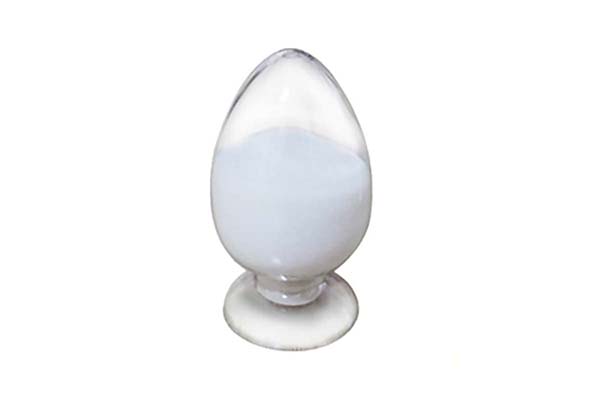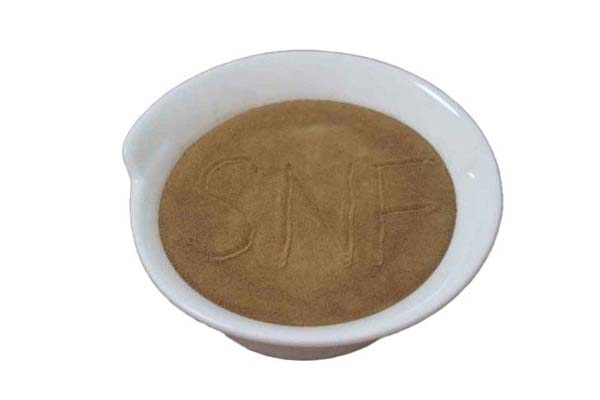In the field of concrete repair and reinforcement, the industry is in a constant search for a solution that achieves a "perfect fusion" between new and existing concrete. Moving beyond its well-known counterparts, ammonium and sodium persulfate, Potassium Persulfate (K₂S₂O₈) is emerging as a powerful and unique solution with immense application potential.
As a potent oxidizing agent, potassium persulfate leverages its stable chemical nature and exceptional oxidative capacity to serve a critical role. It acts as an "invisible welding agent," transforming the new-to-old concrete interface and activating supplementary cementitious materials (SCMs). This process creates a robust, unified structure bonded at the microscopic level.
01. How Potassium Persulfate Becomes a Concrete "Welder"
The core function of potassium persulfate stems from its ability to decompose under specific conditions, generating highly reactive sulfate radicals. This property enables two critical functions in concrete applications:
1. Interface Treatment: Achieving a "Chemical Weld"
In traditional repairs, the bond between old and new concrete relies on mechanical interlock from physical scarifying, leaving the interface as the structure's weakest link. A potassium persulfate solution transforms this relationship:
Deep Cleaning & Activation: It penetrates the microscopic pores of the old concrete, decomposing organic contaminants and oxidizing the aged, chemically inert cement paste surface.
Promoting Secondary Hydration: This process dramatically increases the chemical reactivity of the interface. When the new concrete is poured, it triggers a vigorous secondary hydration reaction, generating new hydration products.
Creating a Monolithic Structure: The bond transcends simple physical adhesion. A powerful combination of chemical bonding and mechanical interlock works in synergy, achieving a leap from "simple contact" to "microscopic welding."
2. Performance Activation: Unlocking the Potential of SCMs
For green concrete mixes that utilize large volumes of SCMs like slag and fly ash, potassium persulfate acts as a powerful activator:
Breaking Down Vitreous Structures: Its strong oxidizing nature helps break down the dense, glassy surface of materials like ground granulated blast-furnace slag (GGBFS), releasing their reactive components.
Promoting Early Hydration: It provides sulfate ions to the system, accelerating the formation of ettringite in the early stages. This significantly enhances the early-age strength and overall development rate of the cementitious system.
02. The Unique Advantages of Potassium Persulfate
Within the persulfate family, potassium persulfate offers indispensable characteristics for construction applications:
High Oxidation Potential: Its powerful oxidative capacity ensures efficient and thorough interface activation and material excitation.
Excellent Stability: It possesses superior chemical stability at ambient temperatures, making it easier and safer to store and transport.
Synergistic Effects: In composite activator systems, it demonstrates excellent synergy with other components, further boosting activation efficiency.
03. Key Application Scenarios
Potassium persulfate is particularly suitable for the following critical applications:
Critical Structural Reinforcement: Repair and strengthening of load-bearing structures like bridges, beams, and columns, where the interface bond quality is directly linked to safety.
High-Standard Flooring: When applying a new topping or overlay on an old concrete slab, this treatment effectively prevents delamination, blistering, and curling.
High-Performance Concrete (HPC) Production: Used as a chemical activator in mixes with high SCM replacement rates that still require high early strength development.
04. Professional Application Guide
To ensure the safe and effective use of potassium persulfate, the following professional guidelines must be strictly followed:
1. Systematic Compatibility Testing
Prior to any field application, systematic laboratory tests are mandatory. These tests determine the optimal solution concentration, application method, and reaction time to ensure perfect compatibility with the specific project materials.
2. Strict Safety Protocols
All personnel handling the material must be equipped with appropriate Personal Protective Equipment (PPE):
Chemical-resistant gloves (e.g., rubber)
Safety goggles or a face shield
Respirator (if ventilation is poor or dust/aerosols are present)
Protective work clothing
Ensure the work area is well-ventilated and avoid all direct skin contact.
3. Precise Process Control
The substrate must be prepared to a "sound and rough" standard before treatment. After the potassium persulfate solution is applied, the new concrete must be poured within the "optimal window" of time, as determined by the lab tests, to maximize bonding.
4. Environmental Disposal
All residual solutions and cleaning wastewater must be collected and treated in accordance with local environmental regulations to prevent pollution.
05. Seeking an Innovative Solution for Concrete Repair?
The application of potassium persulfate represents a significant advancement in concrete repair technology, shifting the focus from macro-level adhesion to micro-level fusion. It provides a new technical path to fundamentally improve the connection quality at material interfaces, allowing us to build safer, more durable infrastructure.
If you are looking for an innovative solution to elevate the quality of your concrete repair projects:
Whether you need to achieve a perfect fusion between new and old concrete, completely solving interface bonding failures;
Or you need to fully unlock the latent potential of SCMs in your green high-performance concrete designs;
We invite you to contact us.
We provide not only high-quality potassium persulfate products but also comprehensive, end-to-end technical support—from substrate evaluation and formulation optimization to on-site application guidance.
Let's work together to build lasting strength into every concrete structure with innovative chemical solutions.





